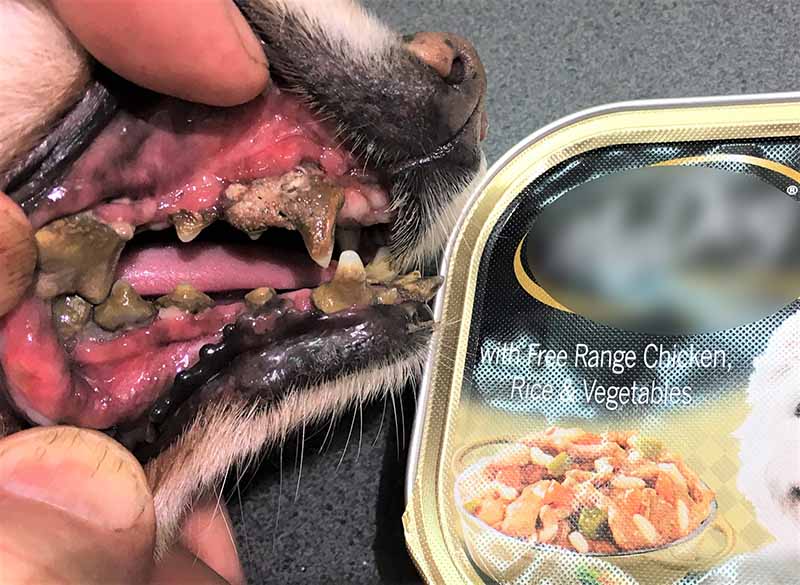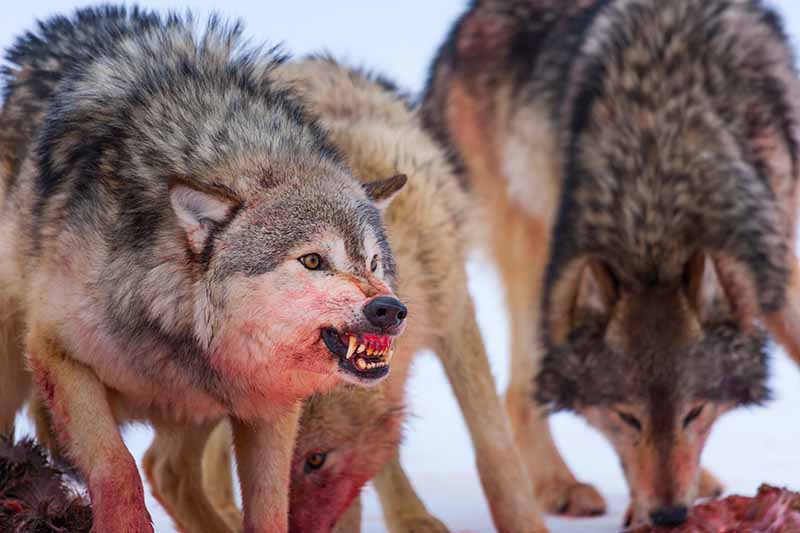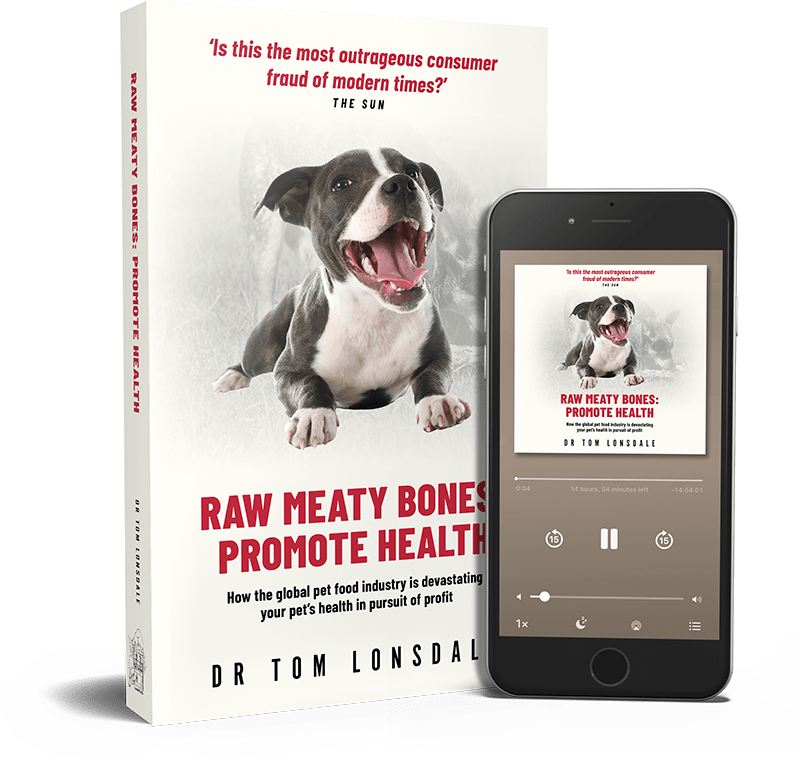Cybernetic Hypothesis of Periodontal Disease in Mammalian Carnivores
Why the Cybernetic Hypothesis of Periodontal Disease in Mammalian Carnivores (1992) is important, powerful and your need to know.


For Pet Owners
In nature periodontal disease, gum disease, is more a potential disease (as opposed to an actual disease) waiting to happen to the failing carnivore. The severe form of the disease does not get a chance to appear. An animal, whether young or old, that does not use its teeth fails to clean those teeth and simultaneously does not get sufficient food. A combination of factors—inflamed mouth, starvation and weakness—lead to a downward spiral and death.
In the junk pet food age, gum disease is rife. Pets fed industrial cooked or raw ‘food’ fail to clean their teeth. However, the pets are propped up against starvation with empty calories, and although feeling weak and unwell, live on with deteriorating oral and systemic health.
We know, in hindsight, that they were weak and unwell when we change from a diet of junk cooked or raw food to raw meaty bones and see the dramatic changes in behaviour, hair coat and general vitality.
With these ideas in mind, pet owners would then be well to contemplate what may be the mechanisms and pathways that make junk pet food fed animals have sub-optimum health and why raw meaty bones fed animals have excellent mental and physical health.
We should ask ourselves why a whole litter of puppies or kittens have gum disease between 3 and 6 weeks of age. Why those same young animals have stinking breath and gum disease when they cut their permanent teeth between 4 and 6 months of age. Is there an evolutionary advantage? After all, common things are common and for good reason.
My answer is that from a co-evolution perspective, for the benefit of the wider ecosystem, it’s better that young wild carnivores that don’t eat enough, don’t chew enough, should perish and make way for the strong.
Did you ever notice puppies fighting over raw meaty bones? Yes, it’s vitally important to each and every one that they should clean their teeth and get enough to eat.
Feed your puppy/kitten/dog/cat/ferret raw meaty bones and ensure the Cybernetic Hypothesis remains firmly under your control.
For scientists and medical professionals
The Cybernetic Hypothesis interprets the evidence and suggests ways forward that predict and explain so much that has eluded scientific understanding. And all of us want science to be looking and moving in the right direction.
The hypothesis depends on seeing a co-evolved world. Death in the grand scheme of things is as important as life. The multi-part immune system is mostly employed for the protection of the host but, and this is the counter-intuitive bit, it likely also has a role in bringing about the death of the host when circumstances dictate.
The hypothesis explains why gum disease tends to be a two way street between organ disease and gum disease—for example diabetes, heart disease and premature and underweight babies. The more recent finding that patients with periodontal disease are much more susceptible to COVID-19 falls within the scope of the hypothesis.
A new opportunity presents. Instead of the linear, reductionist, uni-directional, cause and effect model of medical scientific enquiry, much better to use computer technology to see a bigger picture. Germs and germ-theory remain important but become subsumed into a bigger theory of health and disease.
Feature article: Journal of Veterinary Dentistry Vol. 11 No. 1 March 1994
Cybernetic Hypothesis Of Periodontal Disease In Mammalian Carnivores
Don’t miss our four-part blog series on the Cybernetic Hypothesis Of Periodontal Disease In Mammalian Carnivores.
Part One | Part Two | Part Three | Part Four

Raw Meaty Bones: Promote Health, from Dr Tom Lonsdale, is thirteen chapters in support of Chapter 14, The Cybernetic Hypothesis of Periodontal Disease in Mammalian Carnivores.

